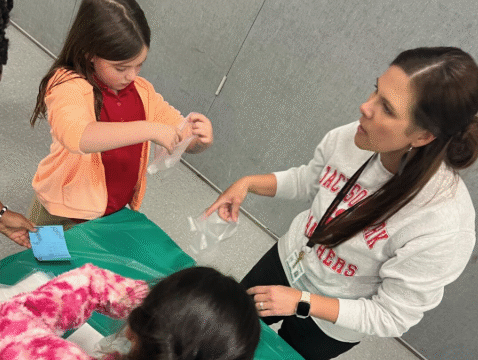Creating a restorative school culture involves more than implementing a set of practices—it means shifting the mindset of the entire school community toward connection, accountability, and healing. A restorative approach fosters mutual respect, values every voice, and prioritizes repairing harm over punishment. With thoughtful leadership and community engagement, schools can build inclusive environments where everyone feels heard, valued, and responsible for their actions.
What Is a Restorative School Culture?
A restorative school culture is grounded in principles of empathy, dialogue, and community. It encourages individuals to reflect on their behavior, understand the impact of their actions, and actively participate in making things right. This culture replaces punitive discipline with constructive, relationship-centered responses.
Core values include:
- Respect for all members of the community
- Shared responsibility for resolving conflicts
- Open communication and active listening
- A focus on growth, learning, and reintegration
Benefits of a Restorative Culture
- Strengthens relationships among students, staff, and families
- Reduces repeated conflict and disciplinary referrals
- Enhances school climate and emotional safety
- Builds student voice and social-emotional skills
- Encourages community-based problem solving
Steps to Build a Restorative School Culture
- Establish a Shared Vision: Engage stakeholders—teachers, students, families, and staff—in defining what a restorative culture means for your school. Align goals with school values and student well-being.
- Provide Training and Support: Equip staff with the knowledge and skills to implement restorative practices. Offer ongoing professional development in active listening, conflict resolution, and trauma-informed approaches.
- Integrate Restorative Practices into Daily Routines: Use community circles, restorative conversations, and collaborative decision-making to build connection and trust throughout the school day.
- Model Restorative Leadership: School leaders should embody the principles they promote. This includes transparency, empathy, accountability, and a willingness to learn from feedback.
- Develop Clear Restorative Discipline Policies: Shift from punitive to restorative responses by outlining steps for repairing harm, involving those affected, and promoting reconciliation.
- Empower Student Voice: Create opportunities for students to lead and participate in restorative initiatives. Peer mediation programs and student-led circles are powerful tools for engagement.
- Evaluate and Adjust: Collect feedback from the school community and track the impact of restorative practices. Use this data to make informed improvements.
Challenges and Considerations
Transitioning to a restorative culture requires time, commitment, and patience. Challenges may include resistance to change, inconsistent application, or lack of training. Leaders should provide consistent support, celebrate progress, and maintain a clear commitment to the process.
Conclusion
Creating a restorative school culture transforms how schools handle discipline, build relationships, and support student development. By prioritizing empathy, accountability, and connection, educators can foster environments where students grow not just academically, but emotionally and socially. Restorative practices empower communities to learn from conflict and build a stronger, more inclusive school for all.





